Military
Russia’s Military Vehicle Dominance Far Outpaces Its Eastern European Neighbors
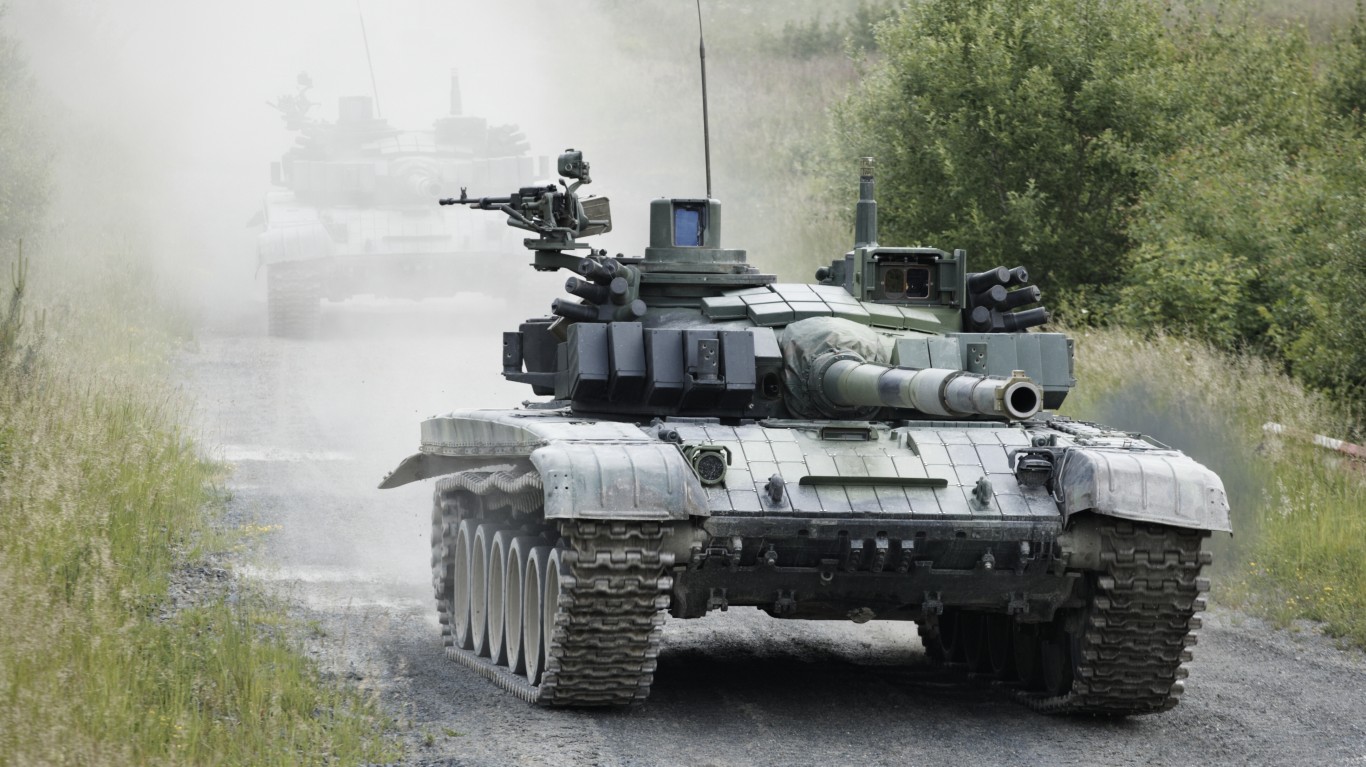
Published:

24/7 Wall St. Insights:
Russia’s military might is a product of its long history and involvement in global conflicts. Its iron roots in Soviet military doctrine have shaped the country into what it is today, one of the strongest military powers on the planet.
Although the Soviet Union fell in the early 1990s, the influence is still felt throughout Eastern Europe and reflected across militaries in the region. Russia, inheriting most of the Soviet military legacy, has maintained and modernized most of the key assets from that era including an extensive nuclear arsenal, fighter jets, and its massive tank army. (Russia’s modern arsenal: the oldest and newest tanks and artillery since the Cold War.)
The country’s defense strategy continues to follow the Soviet school of thought, focusing on large-scale ground operations, tanks, and missile systems.
With all these assets and vehicles brought to bear, Russia is easily a military powerhouse. However, other nations in the region have formidable forces as well. Ukraine, for one, has prolonged its conflict with Russia despite a decent disparity between their forces. (This country has the strongest support for Ukraine.)
Here 24/7 Wall St. is taking a closer look at these Eastern Europe militaries, and which ones have the most formidable assets on the ground. To identify the Eastern European countries with the most military vehicles, 24/7 Wall St. reviewed 2024 Military Strength Ranking from Global Firepower, an annually updated defense-related statistics website with information on 145 countries. Countries were ranked on the total number of vehicles in their arsenal. We included supplemental information regarding the total tanks, artillery and MLRS units, as well as each country’s overall military strength score.
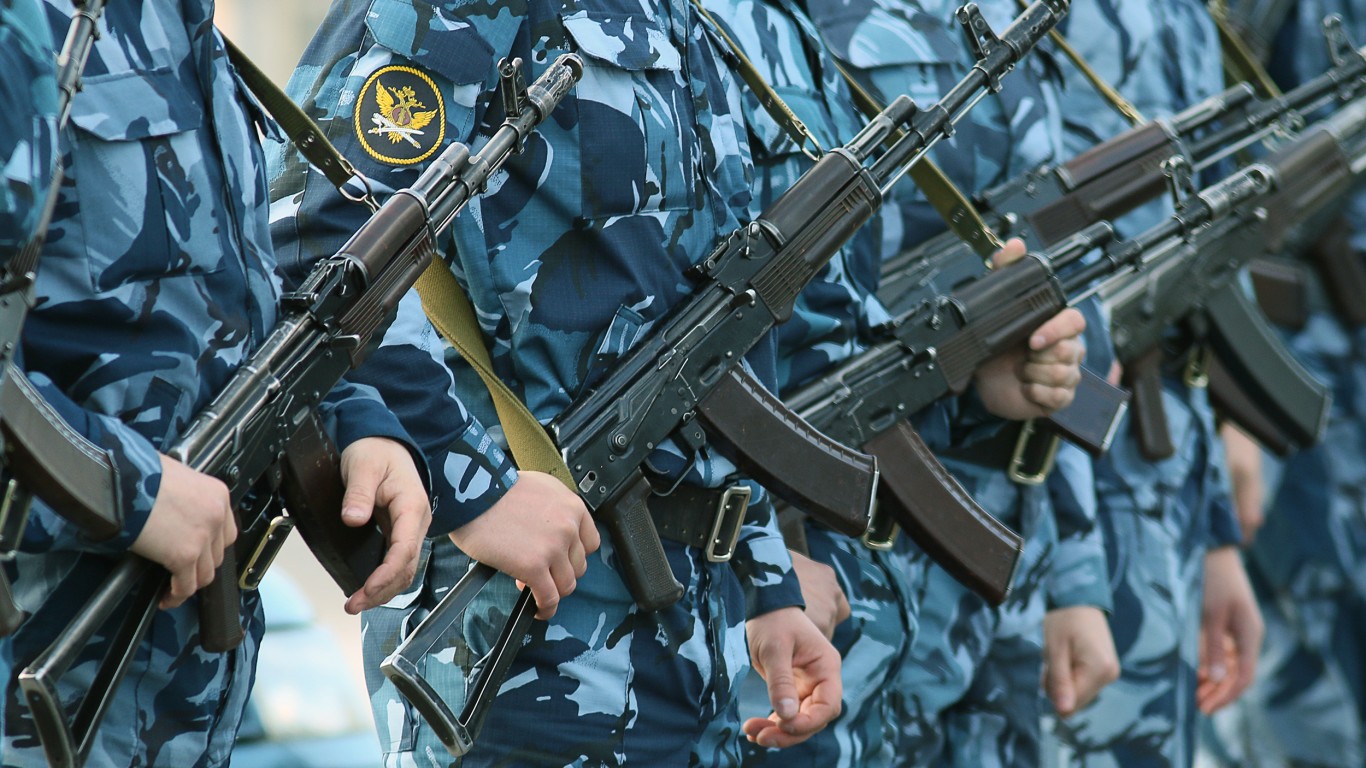
Understanding the military dynamics of Eastern Europe is essential due to the region’s critical geopolitical importance, not to mention the ongoing conflict. Eastern Europe has historically been a focal point of tension, and military power plays an important role in maintaining both political and economic stability. The stability of Eastern Europe remains vital to global security.
Moldova is home to one of the smallest militaries in Eastern Europe. For the most part it is focused on defense and national security, and its force reflects this notion. Overall, the country maintains a small number of military vehicles and only a few, and it has no navy to speak of because it is landlocked.
Historically, Moldova was part of the Soviet Union, and its military infrastructure largely was reminiscent that of other Soviet republics. The country only gained independence in 1991, and its military has been relatively slow in its development since then.
It’s worth noting that Moldova remains fairly neutral and does not fully align with any military alliances like NATO. While Moldova is not a member of NATO, it participates in NATO’s Partnership for Peace program, implying some cooperation.
Ultimately, Moldova ranks as one of the weakest militaries in the world. This is a result of a few factors like active personnel, aircraft, and assets in general. The country only has roughly 8,500 active military personnel and less than 500 military vehicles.
Montenegro may not be a military heavyweight, but its strategic positioning on the Adriatic Sea puts it in a prime geopolitical location, considering the hot conflict between Russia and Ukraine. This country’s military history dates back to the illustrious Ottoman Empire, but its current situation is far from that.
Although Montenegro has a smaller standing army than Moldova, with active personnel totaling just over 2,000, it has much more in terms of military assets. There are over 600 military vehicles in its arsenal, but these are more for maintaining a defense posture as opposed to playing offense.
Montenegro gained its independence from Serbia in 2006, and was historically part of a larger Soviet infrastructure in the region. Since its independence, Montenegro has been reforming its military under Western doctrine and only recently joined NATO in 2017.
The shift to joining NATO marked a decisive break from its historical ties to Russia and overall reliance for security. With NATO membership comes a collective security agreement, which more or less guarantees protection. This is one of the main factors playing into Montenegro’s smaller military force.
Today, Montenegro’s military focuses more on regional security and makes some contributions to international peacekeeping, while relying heavily on its NATO partners for larger defense needs or concerns.
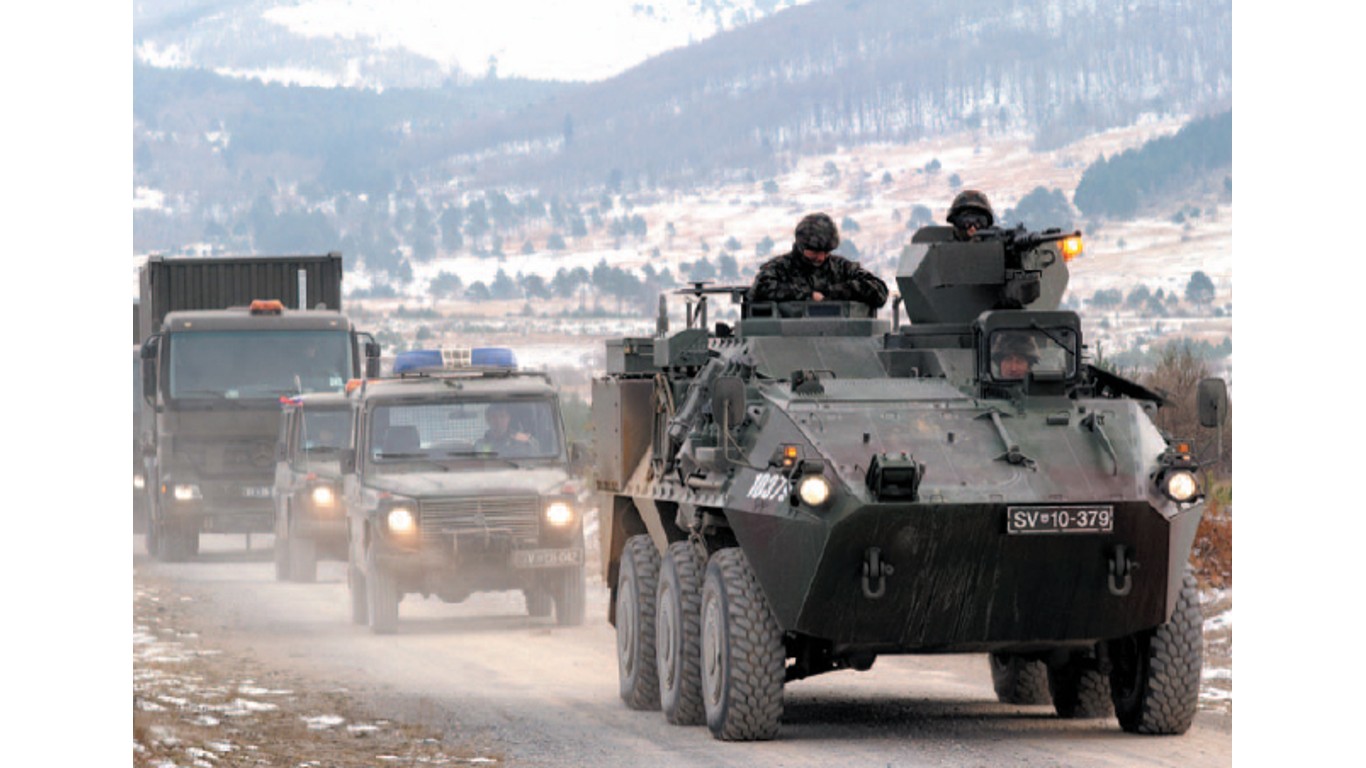
Like a few other countries in the region, Slovakia is landlocked. There is no need for a Navy here, so all the focus is on land power. Since the country came into existence from its dissolution from Czechoslovakia in 1993, it has emerged as a formidable force in the region.
Historically, Slovakia’s military was built on the Warsaw Pact during the Soviet era. However, following the Velvet Divorce (Slovakia’s peaceful split from Czechia), the country began to reshape its military. Eventually, Slovakia would join NATO in 2004 and subscribe to a more Western military doctrine building on this old structure.
Since its admission to NATO, Slovakia has made additions to its forces, namely fighter jets. While the air force still flies MiG-29s, these are gradually being replaced by American F-16s under an ongoing procurement deal.
Overall, Slovakia has less than 20,000 active military personnel. These personnel range from infantry to fighter pilots. The country also operates over 2,000 military vehicles including tanks, artillery, and other armored personnel carriers.
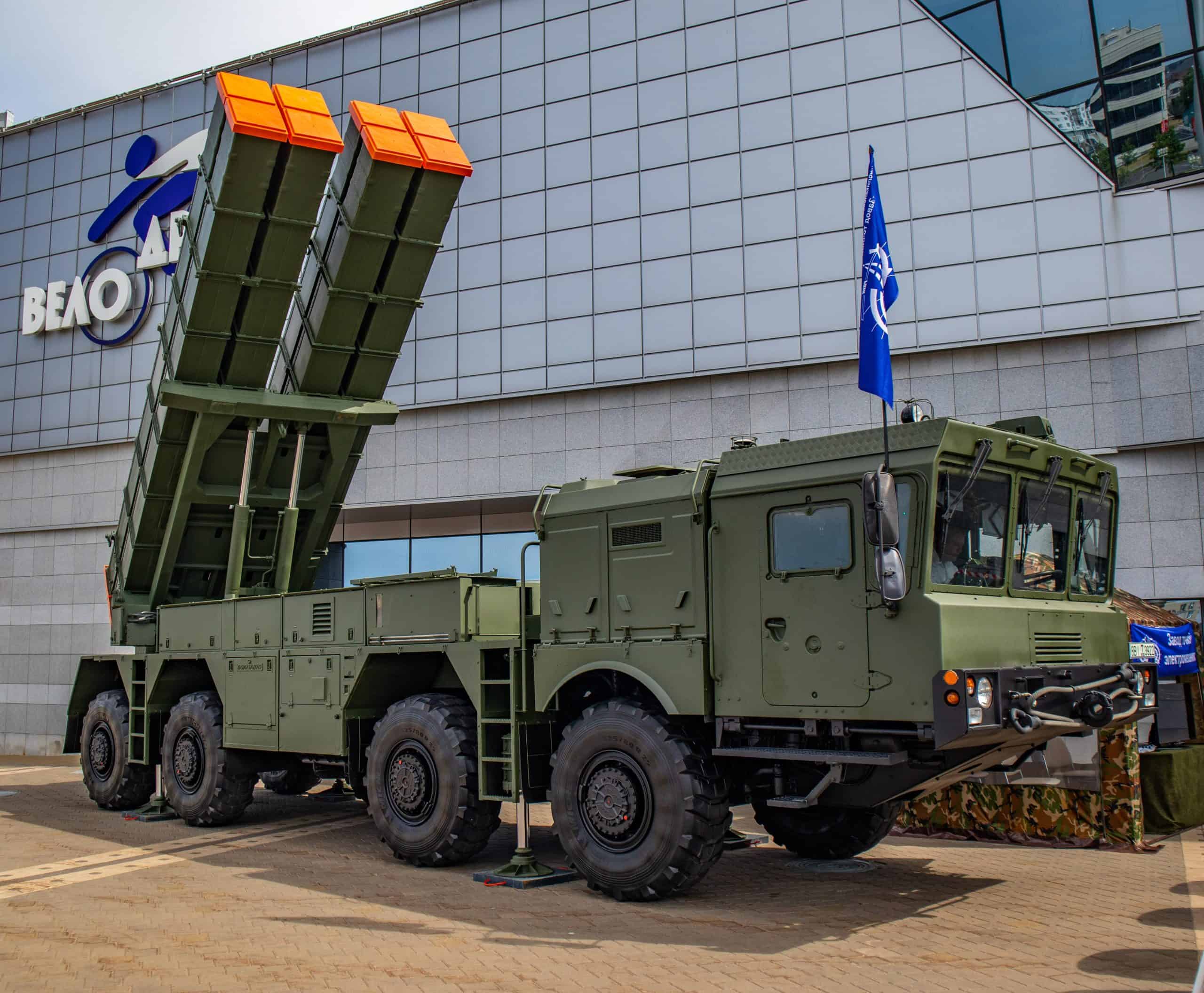
Historically, Belarus has been closely aligned with Russia, both during the Soviet Union era and even now in its post-Soviet relationship. Practically all of the Belarusian Army assets and even the doctrine reflect this tie.
The Army is fairly tank-heavy, much like Russia, with more than 500 tanks. These are mainly Soviet-era T-72 models. The tanks work in tandem with a sizable artillery backing and even advanced multiple launch rocket systems.
Apart from the tanks, Belarus inherited a great deal of Soviet infrastructure and assets from the Cold War era. This country has one of the largest air forces in the region with over 180 aircraft at its disposal. It operates a series of modernized MiG-29 and other Sukhoi fighter jets in conjunction with a sizable helicopter fleet.
Under the leadership of President Alexander Lukashenko since 1994, the Belarusian Army has improved by leaps and bounds. A major factor in this improvement was its close military ties with Russia. This alliance also implies a mutual defense agreement and arms trade, much like that of NATO countries.

Czechia may not have one of the largest militaries in Europe, but it has modernized and streamlined its forces to play an important role for NATO. On the international stage, Czech forces have been regularly deployed in NATO and EU peacekeeping operations, including missions in Afghanistan, Iraq, and the Balkans.
In the wake of the dissolution of Czechoslovakia in 1993, Czechia has vastly improved its military strength with the help of NATO. The country, like many others in the region, was part of the Warsaw Pact but Czechia was quicker to join NATO than most, entering the alliance in 1999. Its military is a mix of Soviet-era tech and NATO standard assets.
Overall, Czechia boasts a standing army of about 28,000 active personnel and 6,700 military vehicles. It has a fairly formidable air force as well with nearly 90 aircraft. The air force relies heavily on the Saab JAS 39 Gripen fighter jets, and it has been looking to further update its helicopter fleet with the addition of UH-1Y Venom helicopters from its NATO allies.
On the ground, Czechia operates around 60 tanks, including T-72 models that come from its Warsaw Pact days. Efforts are also underway to modernize its armored fleet.
Bulgaria was a member of the Warsaw Pact during the Cold War, aligning its military with the Soviets. However, it was not actually part of the Soviet Union. Bulgaria has a notable military history, particularly from the Balkan Wars and both World Wars. Much of its military assets and infrastructure reflect this past, but Bulgaria has been looking to the West for its future.
Joining NATO in 2004, Bulgaria aligned with Western powers and many of the additions to its military since have come from this alliance. That is not to say Bulgaria is without the Soviet influence. The country still retains many Soviet-era assets like its tanks, but with ongoing modernization efforts more Western assets are working into the military.
The Bulgarian military consists of roughly 37,000 active personnel, 65 military aircraft, over 7,000 vehicles. Its navy is one of the larger forces in the region as well.
On the ground, Bulgaria operates over 200 tanks, primarily T-72 models, but many are outdated. The Bulgarian Army also includes some artillery as well.
One interesting thing to note is that Bulgaria’s navy plays an important role in the Black Sea. Considering the current hot conflict in the region between Russia and Ukraine, NATO is relying on Bulgaria for some security.
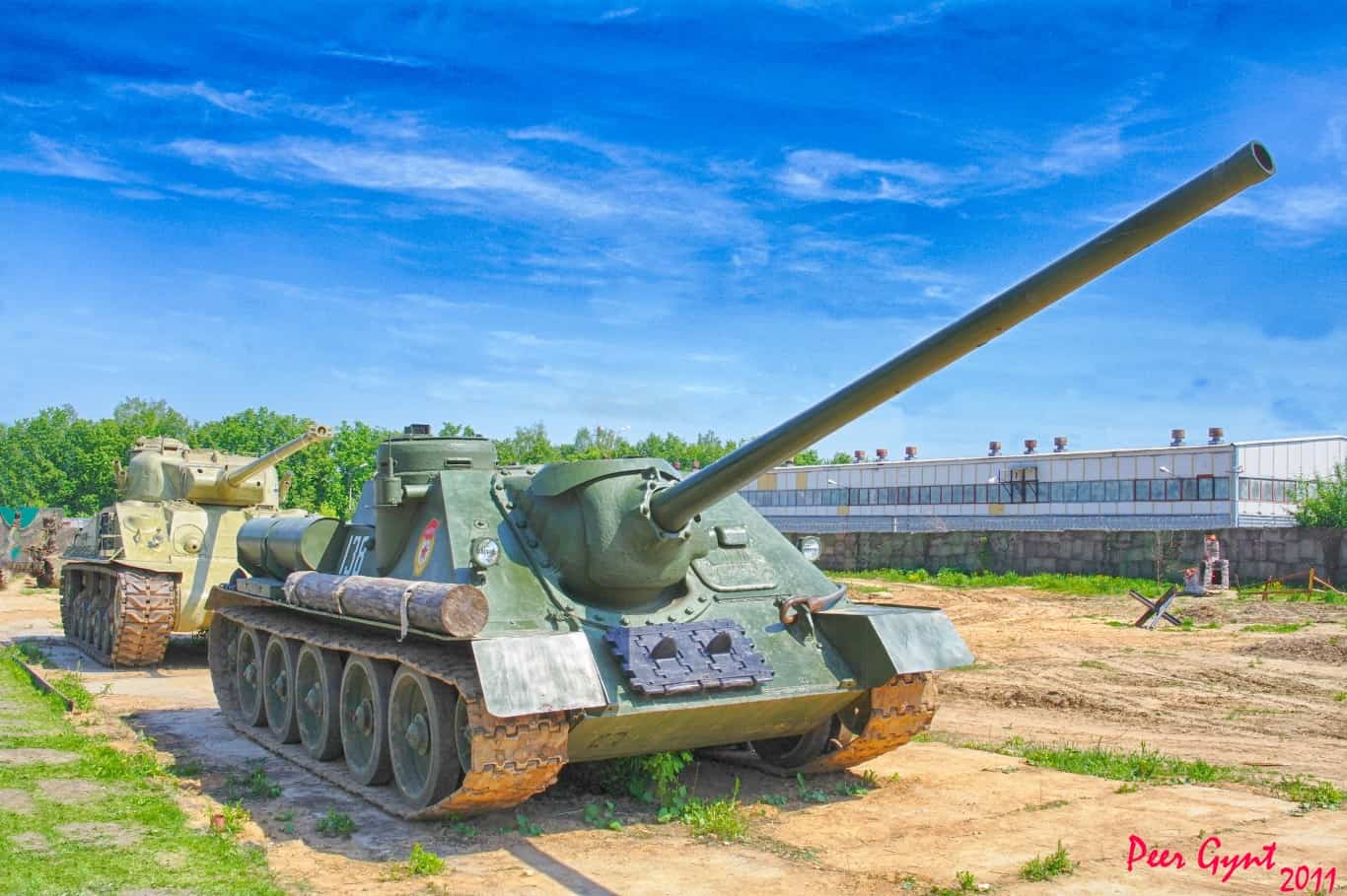
Hungary might not be the first country that comes to mind when discussing European military power, but its armed forces have quietly been making strides in terms of modernization.
The Hungarian Army’s ground forces operate a mix of Soviet-era and modern Western assets. Much of these Western assets came following Hungary’s addition to NATO in 1999. As one of the members of the Warsaw Pact, Hungary built up a sizable force of Soviet tanks and artillery. The current modernization effort has the heavy hand of the West making new NATO compliant additions to Hungary’s forces.
At the core of its assets are T-72 tanks, remnants from Hungary’s time in the Warsaw Pact. However, Hungary is making a clear shift toward modernization, with the acquisition of German Leopard 2 tanks, which are some of the most advanced main battle tanks in the world. Additionally, Hungary has hundreds of armored fighting vehicles (AFVs), including new acquisitions like the Lynx infantry fighting vehicle.
Hungary has a standing army of roughly 42,000 active personnel, flanked by nearly 8,000 military vehicles. Its air force primarily consists of transport and utility helicopters. Although Hungary is landlocked and has no navy, its forces still perform joint operations with its NATO allies to get some training in.
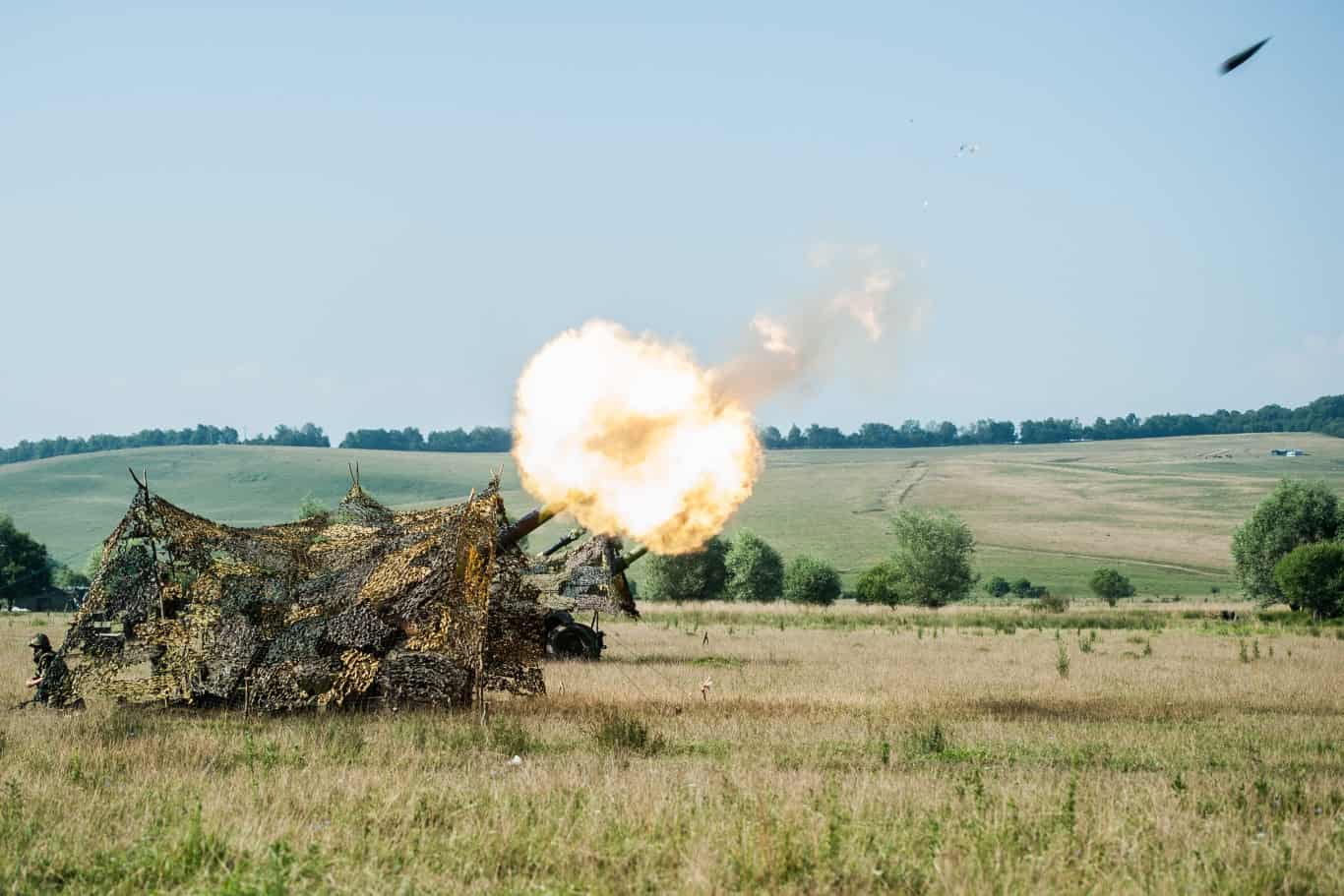
Sitting at the crossroads of Eastern Europe and the Black Sea, Romania holds significant strategic importance. Although it had ties to the Soviet Union under the Warsaw Pact, Romania’s addition to NATO two decades ago has heavily influenced its military holdings and modernization efforts.
Over the past decade alone, Romania has made efforts to modernize its military and build out its operational capabilities, focusing on both ground and air forces.
Romania operates a formidable tank force with nearly 350 units in service. Many of these, like the T-72, were inherited from the Soviets. It is also locally producing its own tanks as well, like the TR-85 model. In total, Romania has roughly 10,000 military vehicles at its disposal.
Additionally, the country has hundreds of armored fighting vehicles (AFVs) and infantry fighting vehicles (IFVs). Romania’s artillery capabilities are also notable, with hundreds of towed and self-propelled systems.
Today, Romania’s military is a pillar of NATO’s eastern defenses, playing an important role in regional security, especially in the Black Sea area, where tensions have been rising in recent years.
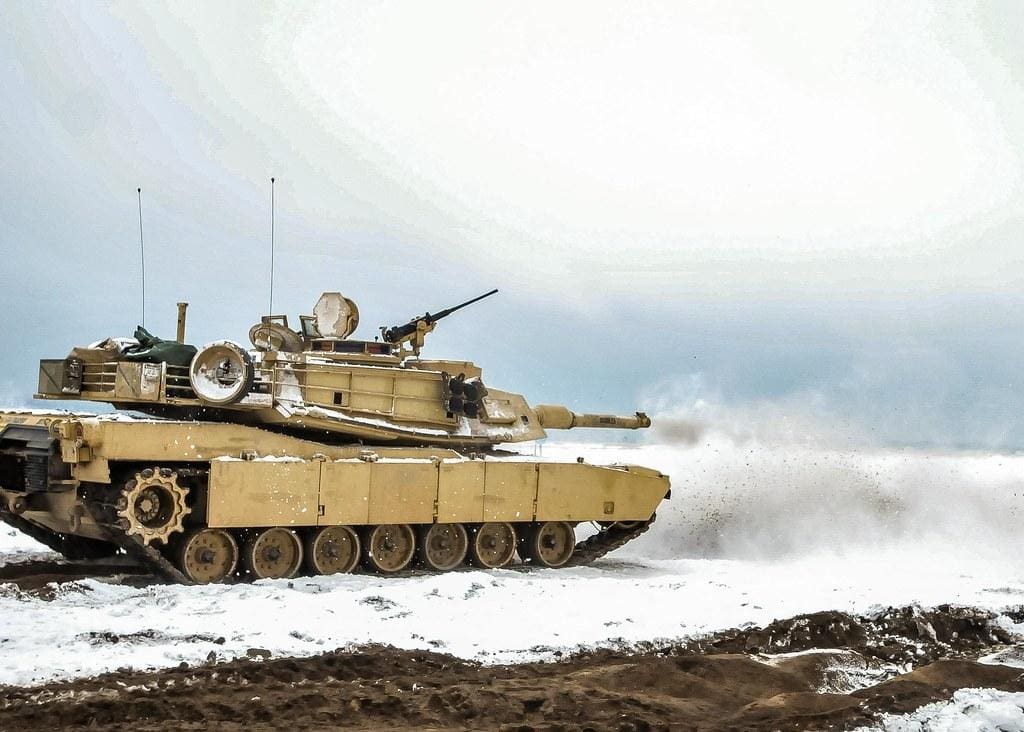
Poland’s military is one of the most formidable in Central and Eastern Europe, and it is one of the most heavily influenced by NATO. Poland has been decisively vocal in its efforts calling for a larger NATO presence in the region, considering ongoing hostilities between Russia and Ukraine.
In the wake of World War II, Poland fell under Soviet influence and became a key member of the Warsaw Pact, a military alliance whose name was a direct reference to Poland’s capital, Warsaw, symbolizing the country’s central role in the Soviet bloc. However, with the dissolution of the Warsaw Pact in 1991, Poland quickly distanced itself from the East and aligned with Western powers, ultimately joining NATO in 1999.
With this alliance, Poland moved away from Soviet-era assets in favor of more advanced Western tanks and jets, like the Leopard 2s and F-16s. Even today, Poland is investing heavily in the new F-35 Lightning II fifth-generation fighter jets, with over 30 on order.
In terms of its ground forces, Poland operates over 600 tanks. The German Leopard 2 and locally produced PT-91 are mainstays of its force. Poland has nearly 14,000 military vehicles, in total, and over 200,000 active military personnel.
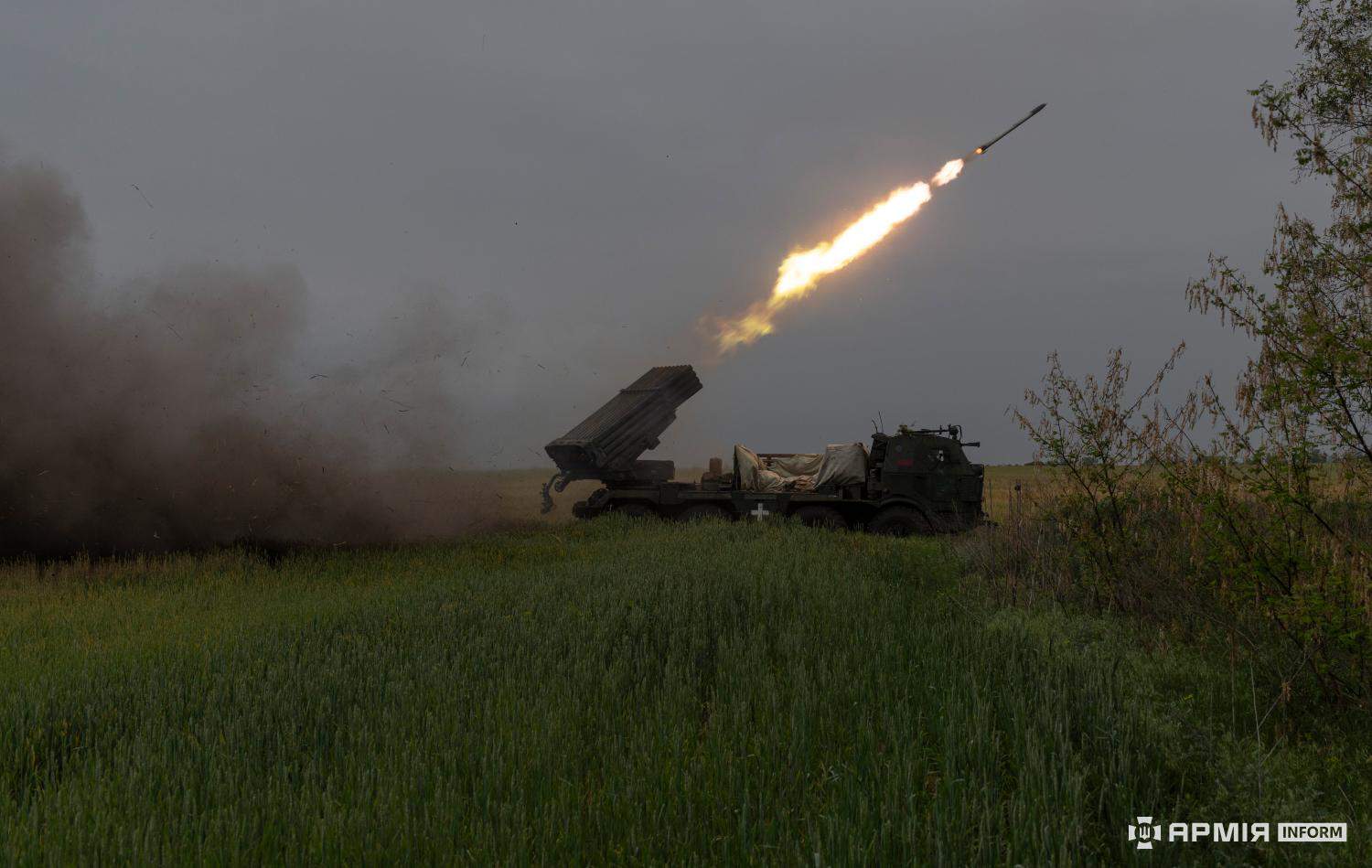
It is no secret that Ukraine is embroiled in a hot conflict with Russia, and as such its military has risen to the challenge. Despite facing one of the world’s top military superpowers, Ukraine has held its own over the past two years. While Russia significantly outpaces Ukraine in nearly every aspect of military capability.
As a rule of thumb in military strategy, the 3:1 principle holds that an attacking force should be roughly three times larger than the defending force to have a shot at victory. Considering that, Ukraine’s ability to hold its ground against a much larger Russian force is fairly impressive.
In terms of the numbers, Ukraine has active military personnel totaling roughly 900,000. Along with this, it has over 320 military aircraft and nearly 1,800 tanks. However, as the conflict is ongoing, these numbers are subject to change and accurate reporting may not come about for years.
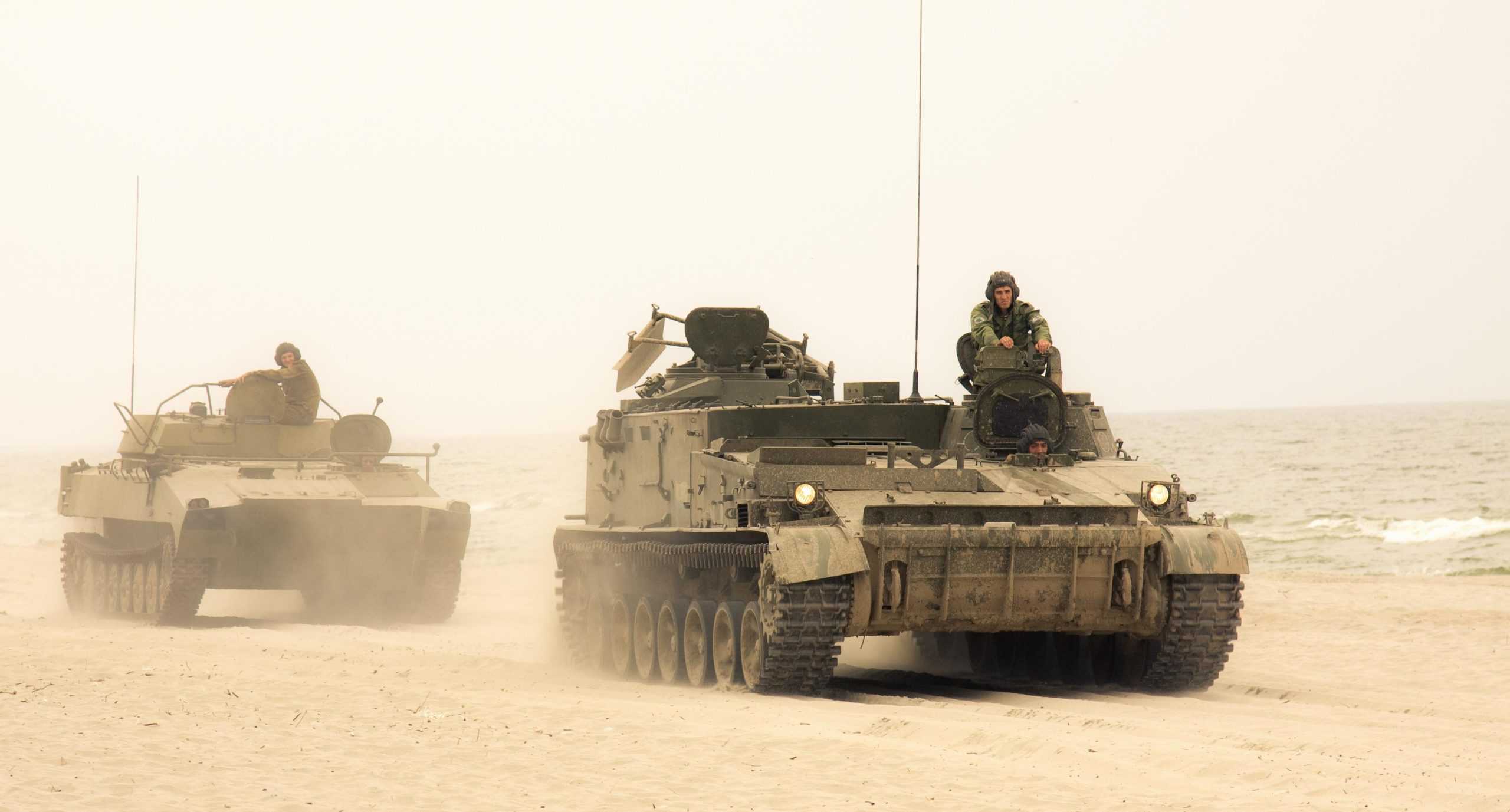
Russia’s military remains one of the most formidable forces on the global stage, rivaling only those of China and the United States in military might. Russia has a long history characterized by its role in global conflicts, and this has shaped it into the army that it is today.
The Red Army was a decisive force in World War II, ultimately conquering Berlin to ensure the defeat of the Axis Powers. In the coming decades, the Cold War would unfold as a protracted standoff between East and West. This ideological and military rivalry heavily influenced the development of NATO and Soviet-bloc militaries–and it still does to this day.
One of these guiding principles on the Soviet military doctrine was the importance of tanks. Accordingly, the Soviets built up an impressive tank army, and Russia continues this tradition as owner of the largest tank army in the world.
Currently, Russia has a standing army of more than one million active personnel and 161,000 military vehicles. Of these vehicles, some 14,000 are tanks, dwarfing all of its Eastern European neighbors.
Retirement planning doesn’t have to feel overwhelming. The key is finding expert guidance—and SmartAsset’s simple quiz makes it easier than ever for you to connect with a vetted financial advisor.
Here’s how it works:
Why wait? Start building the retirement you’ve always dreamed of. Click here to get started today!
Thank you for reading! Have some feedback for us?
Contact the 24/7 Wall St. editorial team.